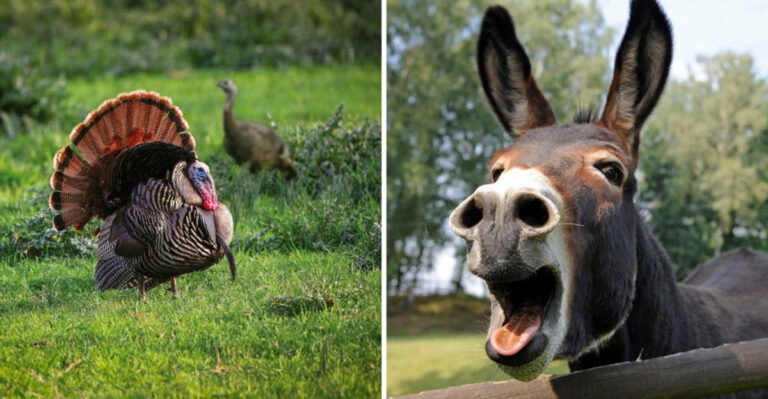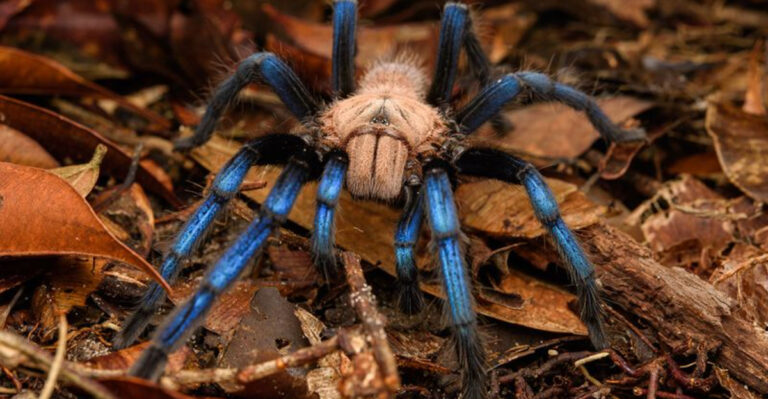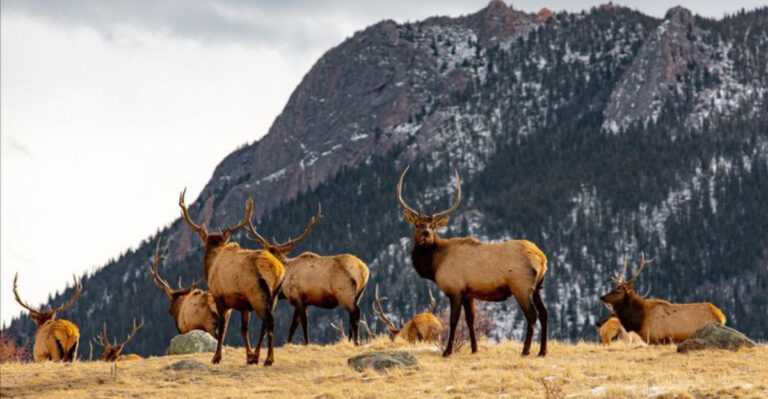11 Unique Animals That Stand Alone In Their Species (And 4 Others That Aren’t Quite So Rare)
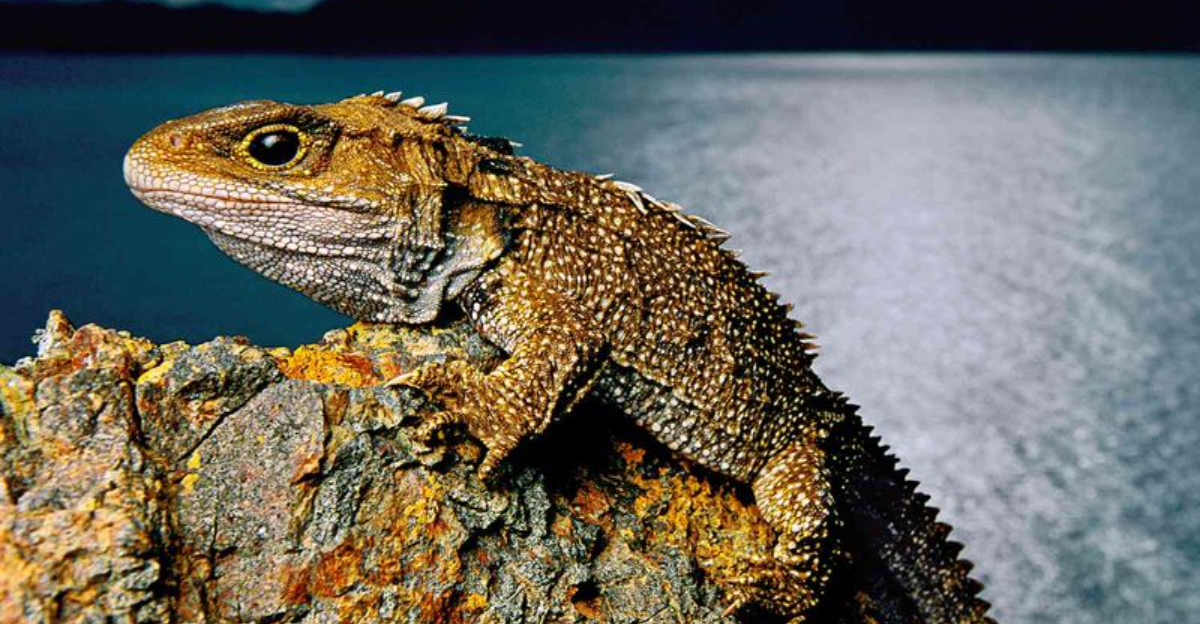
Our planet teems with millions of fascinating creatures, but some stand completely alone in the animal kingdom.
These rare animals are the last survivors of their evolutionary branches, with no close living relatives. They’re called ‘monotypic’ species – truly one-of-a-kind creatures that showcase nature’s incredible diversity.
Let’s meet some of these remarkable loners and a few others that, while unusual, still have some family connections.
1. The Mysterious Aardvark
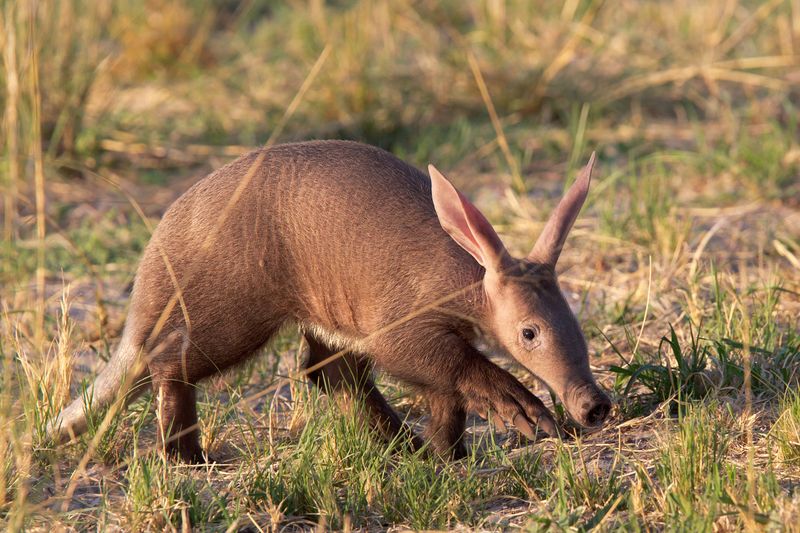
Shuffling through African grasslands at night, the aardvark looks like it was assembled from spare animal parts. With rabbit-like ears, pig-like snout, and kangaroo-like tail, this peculiar mammal stands completely alone on its evolutionary branch.
Aardvarks use their powerful claws to rip open termite mounds and their sticky, foot-long tongues to slurp up thousands of insects nightly. They’re the only living species in the order Tubulidentata, having evolved separately for over 100 million years!
Despite their importance to ecosystems, aardvarks remain mysterious, with scientists still discovering new facts about these solitary nighttime diggers.
2. The Living Fossil Platypus
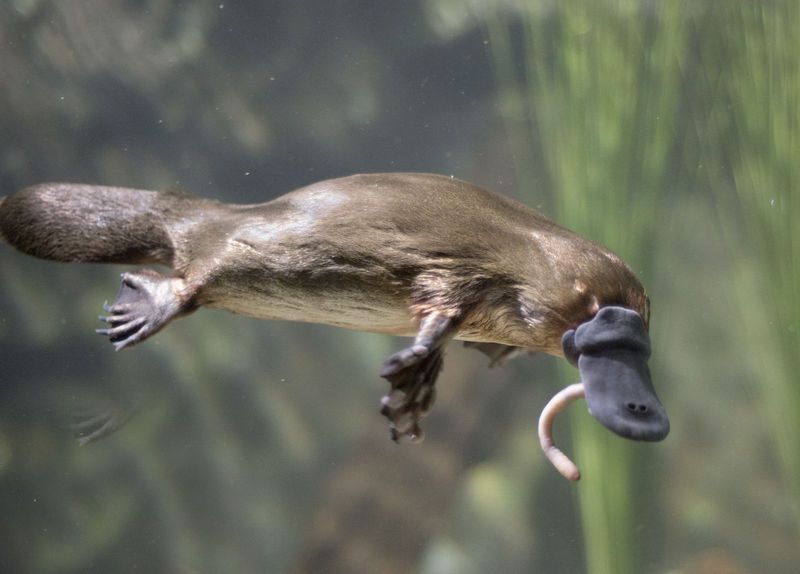
When European naturalists first encountered platypus specimens from Australia, they thought someone was playing a joke by stitching together different animals! With its duck bill, beaver tail, and otter-like body, the platypus seems impossible.
As one of only five mammal species that lay eggs instead of giving birth, platypuses are truly evolutionary oddities. Males even possess venomous ankle spurs – the only poisonous mammals in existence!
These semi-aquatic marvels hunt underwater with their eyes closed, using electroreceptors in their bills to detect prey’s electrical signals. No wonder they stand alone in their family Ornithorhynchidae!
3. The Ancient Tuatara
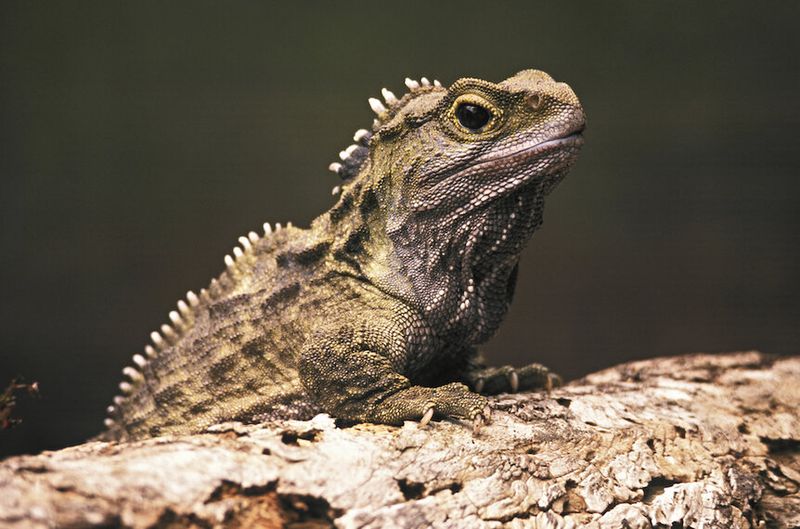
Meet the living time capsule of New Zealand! Tuataras may look like ordinary lizards, but they’re actually the last survivors of an order that flourished during dinosaur times. While all their relatives went extinct, these remarkable reptiles held on.
Sporting a primitive third eye on top of their heads (covered by scales but still light-sensitive), tuataras grow throughout their 100+ year lifespans. Their teeth aren’t separate structures but sharp extensions of their jawbones!
Perhaps most astonishing is their glacial metabolism – tuataras can go months between meals and take up to 70 years to reach full maturity.
4. The Peculiar Pangolin
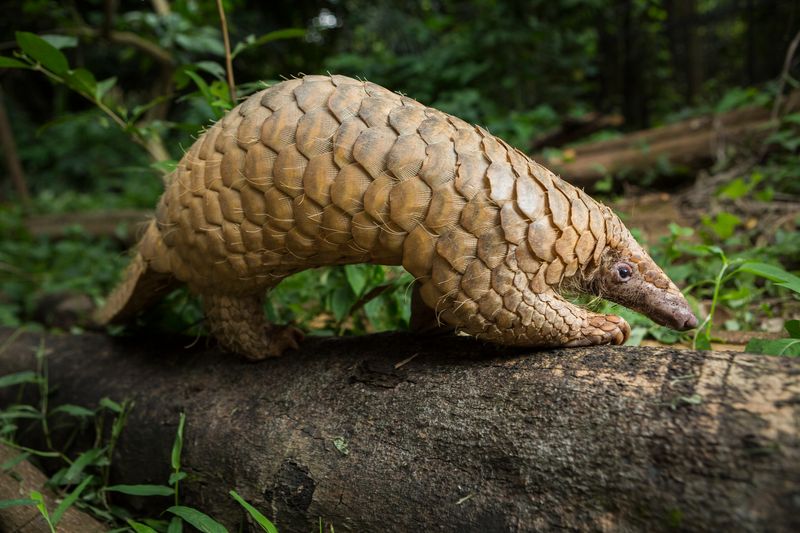
Covered in overlapping scales made of keratin (the same material as your fingernails), pangolins look like walking pinecones. These shy mammals are the world’s only fully-scaled mammals and represent their own unique order, Pholidota.
When threatened, pangolins roll into tight balls that even lions can’t pry open. Their incredible tongues can extend nearly as long as their bodies to slurp ants from deep tunnels!
Sadly, pangolins hold another distinction – they’re the most trafficked mammals on Earth. Their scales are wrongly believed to have medicinal properties, putting all eight species at risk of extinction.
5. The Elegant Okapi
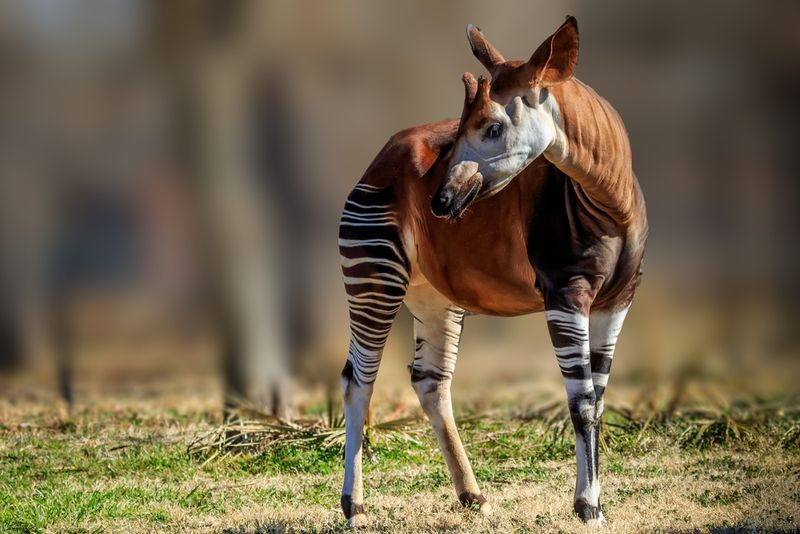
Imagine a chocolate-brown animal with zebra-striped legs, a giraffe’s face, and a horse’s body. That’s the okapi – often called the “forest giraffe” despite looking nothing like its lanky relative. First scientifically documented in 1901, this secretive creature was once thought to be mythical.
Found only in the dense rainforests of the Democratic Republic of Congo, okapis share a family with giraffes but stand apart in their own genus. Their 18-inch prehensile tongues can clean their eyes and ears!
Female okapis communicate with infrasound – calls too low for human ears to detect. These forest phantoms remain one of Africa’s most elusive large mammals.
6. The Tenacious Honey Badger
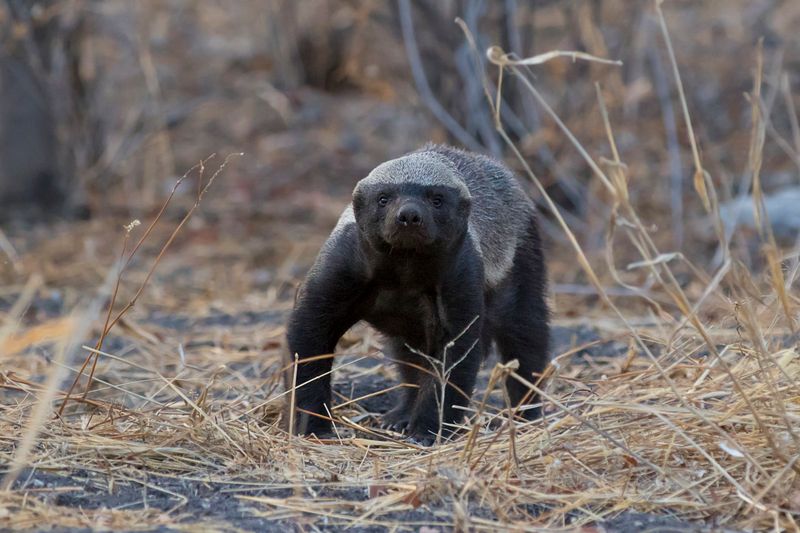
Don’t let its cute name fool you! The honey badger has earned its reputation as the most fearless animal on Earth. This solitary mustelid stands alone in its genus Mellivora and backs up its boldness with remarkable adaptations.
Its skin is extraordinarily loose and thick – allowing it to twist around and bite attackers even while being held. Honey badgers routinely survive venomous snake bites and bee stings that would kill other animals.
These resourceful creatures have been observed using tools, memorizing complex environments, and even cooperating with birds to find bee nests. Their courage is matched only by their intelligence and determination.
7. The Secretive Tapir
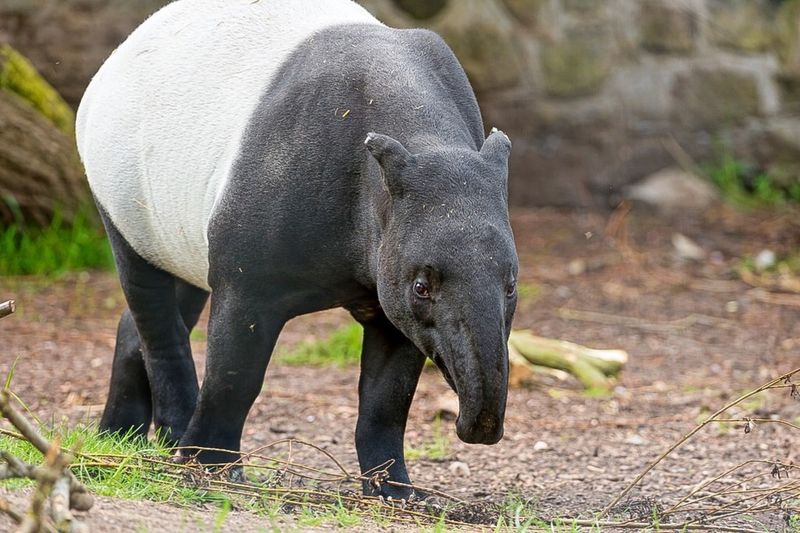
With their flexible elephant-like trunks and prehistoric appearance, tapirs seem like visitors from another age. These gentle forest-dwellers have changed little in 20 million years, earning them the nickname “living fossils.”
All four tapir species belong to a single genus, making them evolutionary loners. Their closest relatives? Horses and rhinoceroses, despite looking nothing like either!
Tapirs use their prehensile snouts to grab vegetation and as snorkels when swimming. Baby tapirs sport adorable watermelon-like stripes and spots that provide camouflage in dappled forest light. These patterns fade as they mature into their distinctive solid coloration.
8. The Vibrant Hoatzin
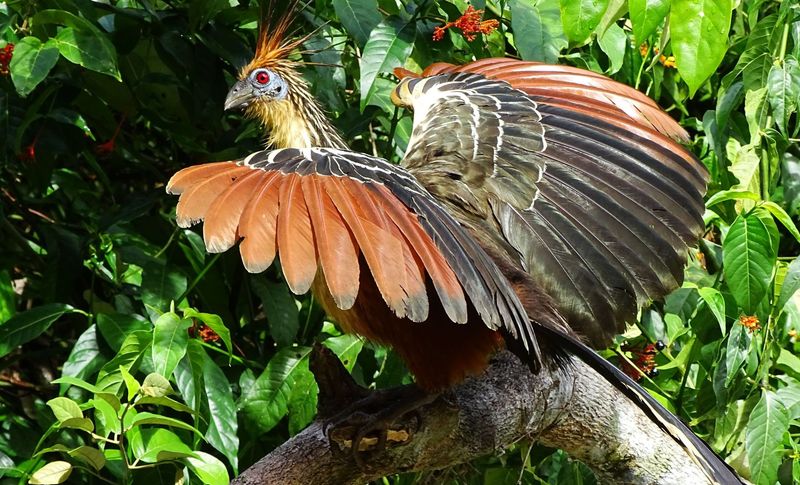
Nicknamed the “stinkbird” for its cow-manure odor, the hoatzin is South America’s punk-rock bird. With spiky crest feathers and bright blue face, this bizarre creature looks like something from a fantasy novel.
But its most remarkable feature lies hidden in its young. Baby hoatzins possess functional claws on their wings – a trait not seen since Archaeopteryx 150 million years ago!
These “wing-fingers” help chicks climb back to their nests if they fall into water. Hoatzins digest food like cows do, fermenting plants in an enlarged crop.
This unique digestive system places them in their own family, with no close relatives among modern birds.
9. The Resilient Horseshoe Crab
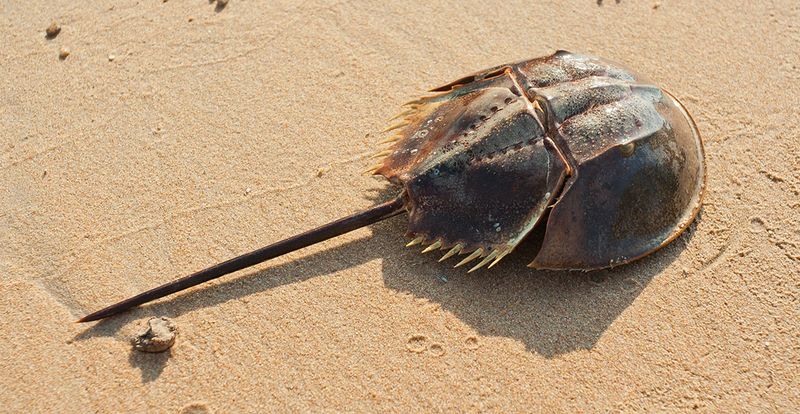
When dinosaurs still ruled the Earth, horseshoe crabs already looked exactly as they do today. These remarkable “living fossils” have survived virtually unchanged for 450 million years – outlasting countless extinction events that wiped out most other species.
Despite their name, horseshoe crabs aren’t crabs at all. They’re more closely related to spiders and scorpions! Their blue blood contains a compound called LAL that scientists use to test vaccines and medical equipment for bacterial contamination.
With ten eyes scattered across their armored bodies and unique book gills for breathing, these ancient mariners remain one of evolution’s greatest success stories.
10. The Reclusive Red Panda
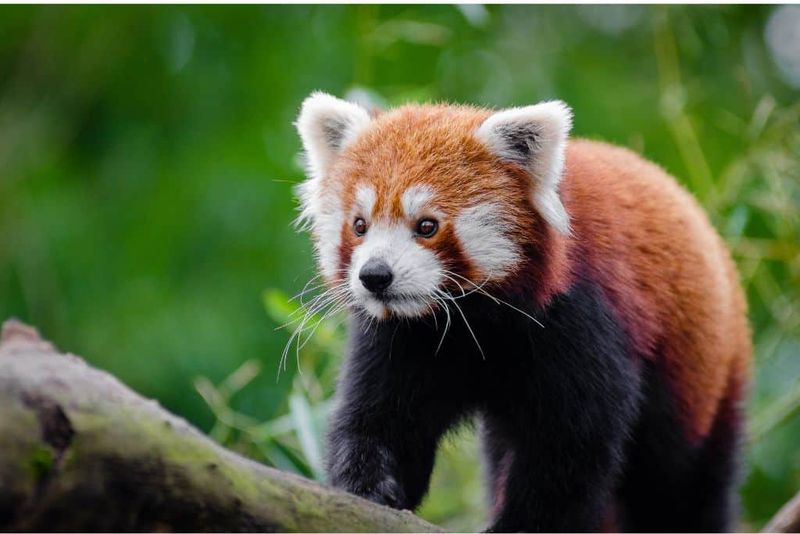
Forget everything you know about pandas – the red panda was discovered and named first! This cat-sized mammal with fox-like face and raccoon-like markings represents the sole survivor of its family Ailuridae.
Red pandas sport specialized wrist bones that work like thumbs to grip bamboo. Their bushy tails serve as perfect blankets during cold mountain nights, and their fur color provides ideal camouflage among reddish moss and white lichen.
Though once thought to be related to giant pandas, genetic studies show red pandas evolved separately over 26 million years ago. These endangered tree-dwellers remain mysterious, with scientists still debating their exact evolutionary relationships.
11. The Versatile Raccoon
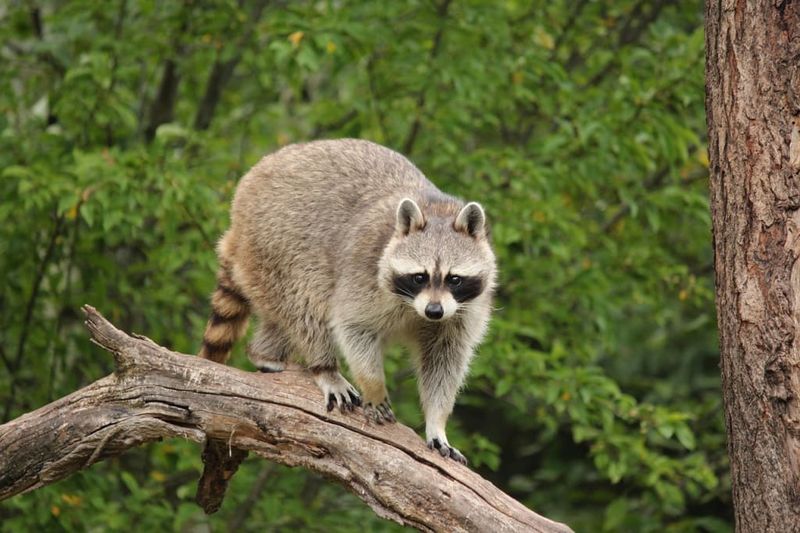
While not completely alone in their family, raccoons stand out as nature’s masked bandits with remarkable adaptability. Their sensitive front paws contain four times more touch receptors than most mammals, allowing them to “see” objects through touch alone.
Raccoons boast problem-solving abilities that rival primates. Studies show they can remember solutions to complex tasks for up to three years! Their famous washing behavior isn’t actually cleaning – it’s enhancing their touch sensitivity to evaluate food.
These urban adapters have successfully colonized cities worldwide, with some populations showing distinct cultural behaviors passed down through generations. Their intelligence and adaptability make them true evolutionary success stories.
12. The Resourceful Octopus
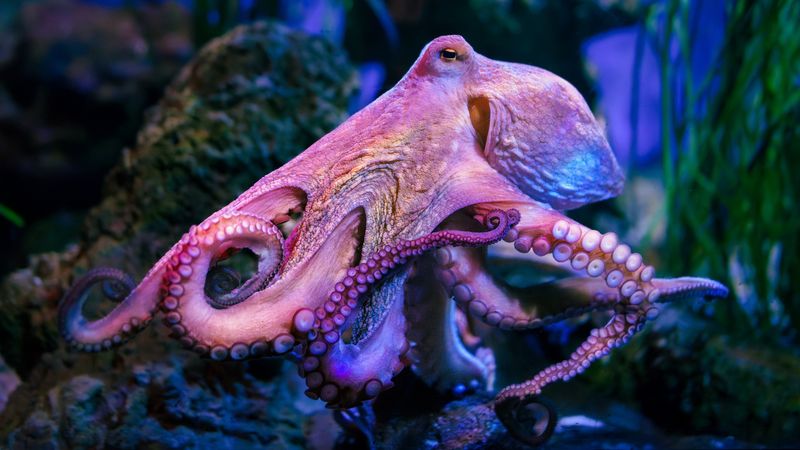
With three hearts, blue blood, and nine brains (one central plus one in each arm), octopuses might as well be aliens. These remarkable mollusks can change color and texture instantly, squeeze through spaces the size of coins, and solve complex puzzles that stump many vertebrates.
While not alone in their order, octopuses stand apart in their extraordinary intelligence. They’ve been observed using tools, recognizing human faces, and even escaping aquariums by unscrewing lids from the inside!
Perhaps most astonishing is their distributed nervous system – each arm can make decisions independently. Cut off from the body, an octopus arm will still avoid unpleasant stimuli and reach for food.
13. The Industrious Beaver
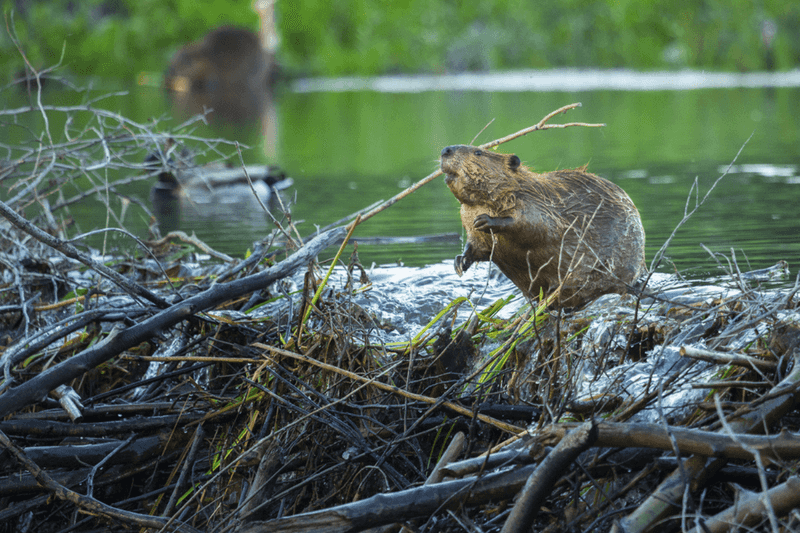
North America’s largest rodents are also its most impressive engineers. Beavers transform entire ecosystems by building dams that create wetlands supporting hundreds of other species. Their front teeth never stop growing and contain iron that makes them orange and stronger than human teeth!
While two beaver species exist today, they represent a family that once contained hundreds of diverse species. Some extinct beaver relatives grew as large as bears!
Beavers possess transparent eyelids for underwater vision and can hold their breath for 15 minutes. Their lodges are engineering marvels with underwater entrances, multiple chambers, and even ventilation systems that keep interior temperatures stable year-round.
14. The Graceful Manta Ray
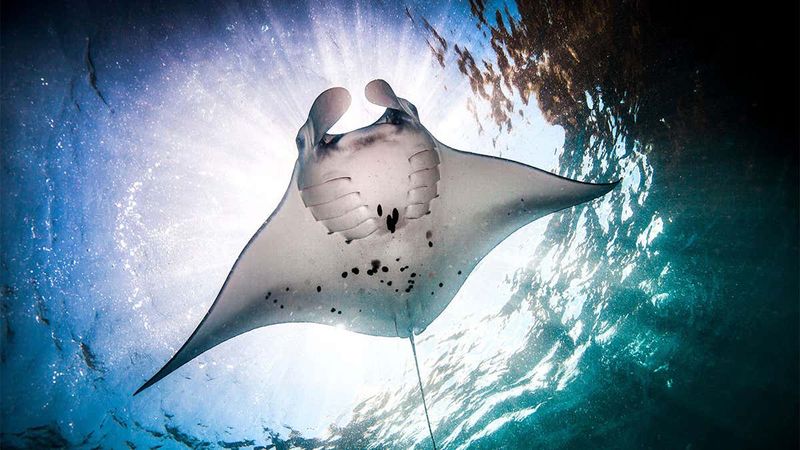
Soaring through ocean waters like underwater birds, manta rays possess the largest brains of any fish relative to body size. These gentle giants can reach wingspans of 23 feet yet feed on microscopic plankton they filter from the water.
Unlike their stingray cousins, mantas have no stingers or barbs. They’re among the few animals that can recognize themselves in mirrors – a sign of self-awareness previously thought limited to mammals and some birds.
Though not completely alone in their family, the two manta species stand apart in their intelligence and behavior. They visit “cleaning stations” where smaller fish remove parasites, and some populations make seasonal migrations spanning thousands of miles.
15. The Intriguing Narwhal
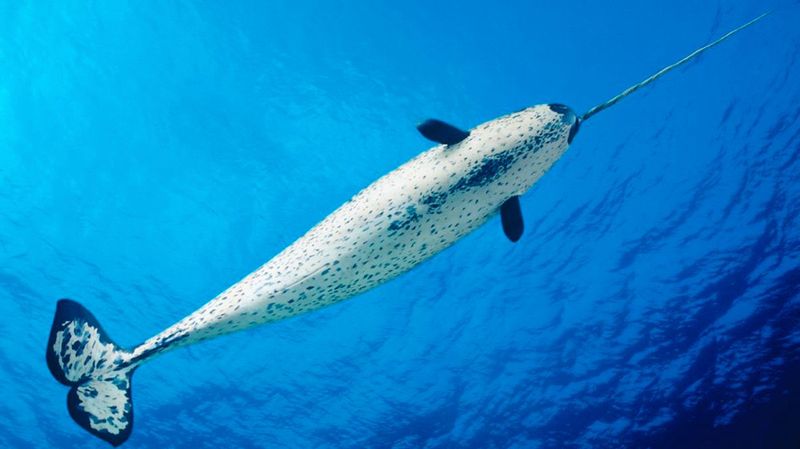
Often called “unicorns of the sea,” narwhals sport spiral tusks that can grow 10 feet long. These tusks aren’t weapons but modified teeth containing millions of nerve endings – essentially giant sensory organs for detecting water temperature, pressure, and possibly even salinity.
While narwhals share their family with belugas, they stand apart with unique adaptations to Arctic life. They can dive nearly a mile deep and stay underwater for 25 minutes, hunting in pitch darkness beneath solid ice.
Scientists recently discovered that narwhals tap prey with their tusks to stun them before eating – a hunting technique not seen in any other marine mammal. These mysterious whales remain one of the Arctic’s least-studied large animals.



